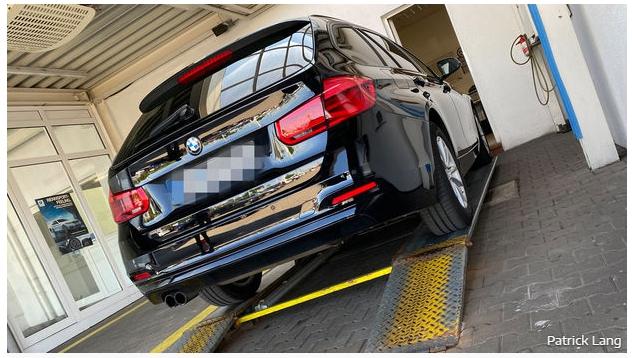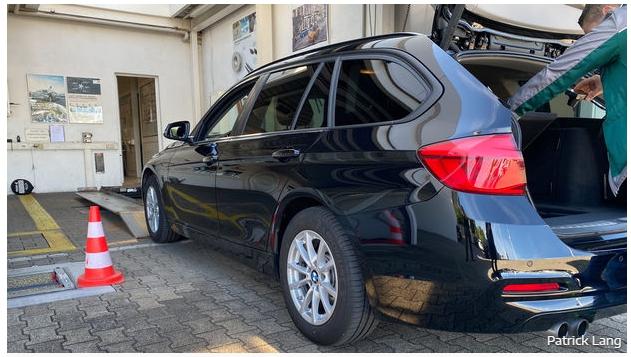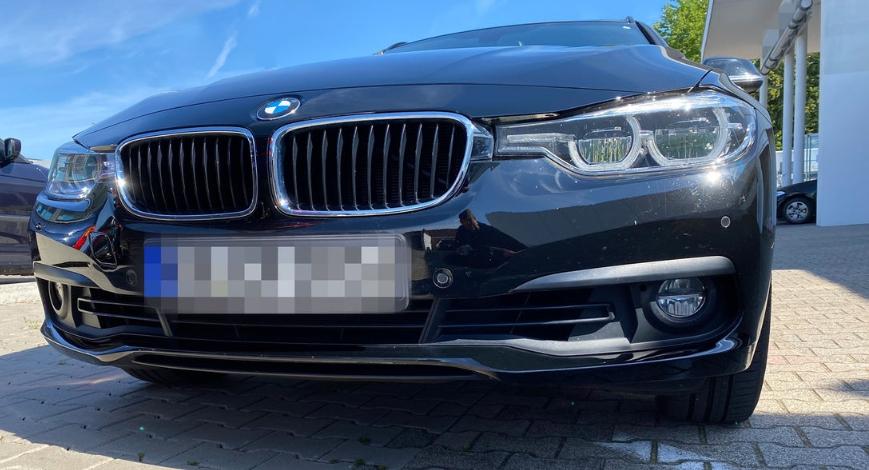The most delicate moment in the leasing cycle is the return. Here it is decided whether you will be asked to checkout again. We were there undercover.
How quickly three years can pass is something that people with children know as well as lessees. One has just got used to a car, and the time together is over. But the moment of return is not only emotionally a potentially delicate scene, but also because rip-off and cost traps are often suspected here. Urban horror story or sad truth? We accompanied a lease return undercover to get an idea of it.
The subject of our experiment is a BMW 320i Touring, built in 2017, with the Advantage equipment line, which includes all extras at a new car price of 43,340 euros. The leasing contract was concluded for kilometers and not for residual value. On the day of the return, the condition of the 3 Series was just under 30,000 kilometers: flawless and accident-free. The assessment should run accordingly smoothly. Or?

Three dents per component
The dealer hires an appraiser to assess the condition of the car. In our case, it comes from Dekra and immediately gets to work. First, the exterior is examined all around. “With vehicles of 30,000 and less kilometers, you take a closer look,” he explains. After all, the usual signs of wear and tear on such cars may only be very slight. Small scratches in the paint, stone chips and even dents are not a problem. The latter, however, depends on depth and frequency. “If there are more than three dents on the same component, then it is a matter of relevant damage that can also be invoiced,” says the expert.
Traces of use are just as natural in the interior, after all, contact with components and materials is most intense. “What happens relatively often are dents in the door frame. They occur when the belts are not fully retracted and the door slams shut. The clasp is then between the door and the frame,” explains the Dekra inspector. In contrast, frequently touched parts such as the steering wheel or gear lever are more likely to be scratched and cracked if the driver wears rings or other sharp-edged jewelry. “Many parts, especially made of plastic, can easily be brought back into shape with Smart Repair. The customer does not normally have to fear any extra costs,” the inspector argues. So far, it all sounds pretty stress-free.

Customer friendly customization
It stays with exactly this impression. The hood is still open at the front, looking for repaired accident damage, the paint tester can be used all around for the same reason. In the trunk, the expiry dates of the breakdown kit and first-aid kit are checked, then the lift rises and gives a view of the vehicle floor. “There is a standard damage catalog from Dekra, which large dealers or vehicle manufacturers usually supplement with their own requirements,” says the expert. The customer generally benefits from this. If, for example, a component is known to be a problem child, or if the same material weakness always occurs in a model, such defects are not significant when returning a lease.
At the end of the assessment, the Dekra examiner makes his last notes with a smile. “You know, some people give up their cars like cabbage and beets, but I prefer those like this BMW here. I have absolutely nothing to complain about.” Good for the 320i and good for the customer. Afterwards, the last signature is sent to the sales room again and after a little less than an hour the whole haunt is over. As a farewell we tell the examiner that there will be an article at auto motor und sport. If there is no problem here, after all, after this fair and correct work, nobody has to hide.

